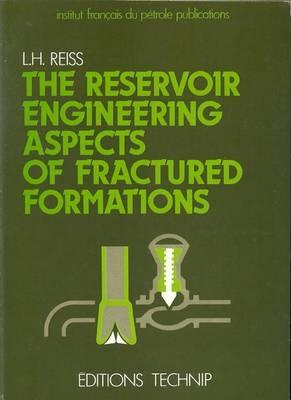The central role that Reservoir engineers play in a field's development and planning cannot be overestimated. Recommending, the most appropriate and most cost effective reservoir depletion schemes has a great impact on a field's and ultimately a company's profitability. If done correctly, it will result in a windfall for the company but if done incorrectly or haphazardly, it will result in financial disaster. Working Guide to Reservoir Engineering is designed for technical professionals who need a "quick look up" reference for solving day-to-day engineering, management, and optimization problems. Basic and easy to use, this working guide provides those new to reservoir engineering a starting point for understanding the basics and going on to formulate effective workflow solutions. The book provides instruction on topics such as estimating reservoir reserves, enhances oil recovery methods, fluid movement and material balance and volumetric analysis.
DETALLES
Name:
Working Guide to Reservoir Engineering.
Author: William C. Lyons.
Capacity disk: 4.3 MB
Publisher: Elsevier.
Languaje: English
Password : www.oilerhouse.blogspot.com

















